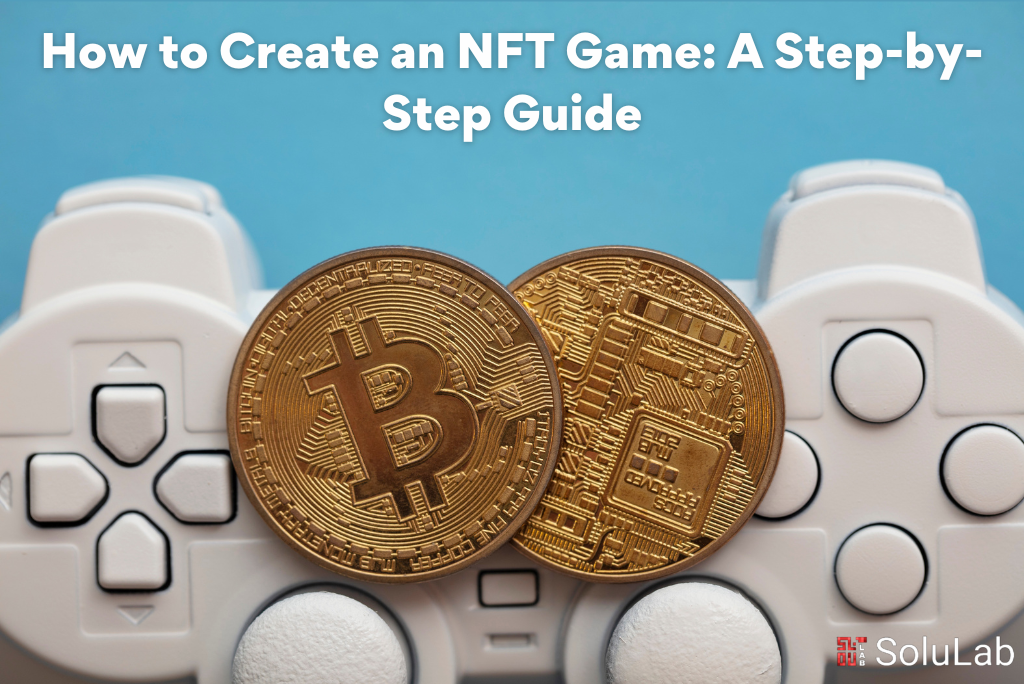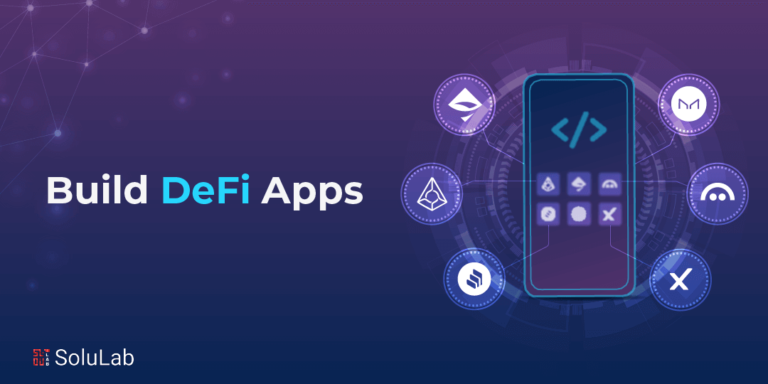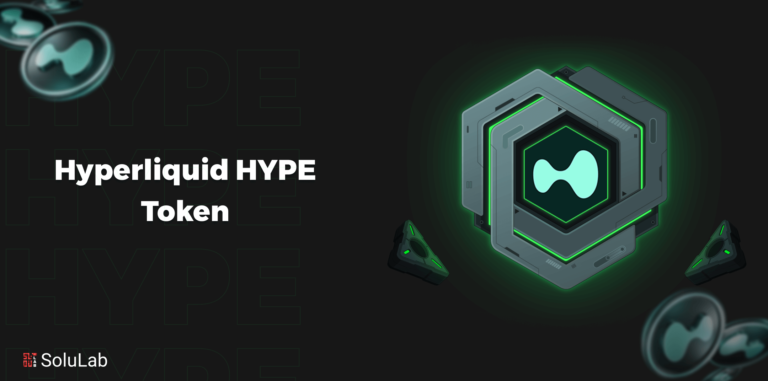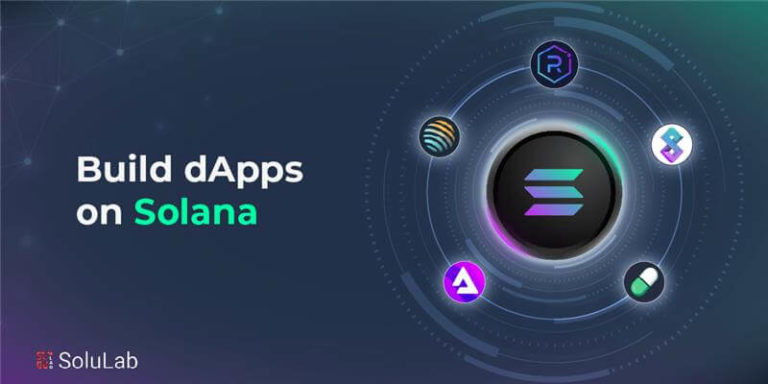
You must be familiar with non-fungible tokens (NFTs). Transaction processing, which is dependent on blockchain technology, has already achieved success in several specialized areas. Particularly, it has changed how much money NFT games make. Until the start of last year, the NFT-based transaction volume had already surpassed $10.67 billion, according to a DapRadar analysis. For a game production company, NFT Games opened up a world of possibilities for marketing its intellectual and creative rights safely and securely. For those who want how to create an NFT game? Here, we’ll walk you through the multiple steps involved in the making of an NFT game. But first, let’s explore NFT and find out how NFT games function.
The Non-Fungible Token, or NFT, is nothing more than a cryptographic token built on blockchain technology. These tokens serve as a stand-in for specific and unique digital items, such as gaming characters, unique digital artwork, different credentials, and in-game aesthetic components.
Read also: What are NFT Games and How Do They Work?
NFTs are used by players of these games to sell the Unique game characters and receive prizes from the game developers. NFT Games made a substantial contribution to the “pay as you earn” movement in the gaming sector. Let’s check out a clear step-by-step tutorial for creating an NFT game and some more details about it.
NFT Game Model’s
There are two types of models you can use to create an NFT game, and both come with their features and services:-
P2E (Play-to-earn):- The highest conversion ratio is seen in this model. This methodology allows NFT games to only employ their coin as a form of player compensation. Players will receive a set number of coins, but they cannot be traded on the open market.
F2P (Free-to-play):- The fact that the coins may be traded on the market makes this model superior to P2E in the eyes of NFT game players. In contrast, players in this model play with their earned NFT coins and are rewarded through the game itself.
A Step-by-Step Guide on How to Create an NFT Game
Step 1: Have a great NFT game idea
Start by concentrating on the type of NFT game you want to develop. This would benefit you. Find out which models are best for the type of game you want to create. To capture the interest of your intended player audience, research several comparable games and then create something more captivating and original.
Step 2: Accommodate creative design.
You must make room for imaginative game characters & game skin designs because NFT games are known for employing NFT to depict innovative and artistic game features and characters in commercial usage. The 2D or 3D graphical artists on the game development and design team have to be knowledgeable and skillful.
Step 3: Decision between the Web App or Mobile App
It’s time to decide what kind of platform you want to use to construct your game now. Which would you want to design, a web app or maybe a mobile app? What must be decided in this situation? Remember that all sides have advantages and disadvantages.
Your NFT game would be available to more players without restrictions on time, location, or device if you built it as a web app. Web apps are also able to play games online without having to download them.
On the other hand, you can guarantee a more engaged custom mobile-specific user experience & features by developing a mobile NFT gaming app. You have a lot of options when using mobile platforms to provide a more interesting and engaging gaming experience. However, building two distinct apps, including Android and iOS, is required for mobile apps, which results in greater development expenses.
Step 4: Decide the appropriate tech stack
The correct tech stack and skilled developers are the two main factors that determine an app’s success. It is impossible to construct an NFT game in any other way. You must pick the appropriate frontend, backend, wallet, as well as smart contract technology to develop a high-performance NFT game.
For NFT game apps, some of the tried-and-true technologies are Unity3d, ASP.NET Core, C#, MySQL, MongoDB, Truffle Suite, Amazon Web Services (AWS), and several others. Depending on your target platforms, you can also use a range of OS, including iOS, Android, Web, Windows, Linux, macOS, and so on.
Step 5: Frontend development
For front-end development, both JavaScript and TypeScript can be used to develop the NFT app’s front end. ReactJS, VueJS, is your best available framework option for front-end development. Angular is viewed as a poor front-end option by many developers due to its complexity.
Step 6: Integrate a Wallet
The NFT application project requires a wallet address to be included for authentication and login purposes. You’ll be able to store tokens conveniently and safely online thanks to this.
Step 7: Establishing communication with Smart contract
The front end must take the user address from either the wallet & then pass it to the Smart Contract in order to give the NFT URL to the users. Use the well-known Web library to establish communication between Blockchain-based Smart Contracts. Transactions can also be tailored using this library based on users.
All of the fundamental guidelines, obligations, & roles of NFT Games are normally defined through smart contracts. On the Ethereum Blockchain, smart contracts use programming languages like Vyper, Solidity, Yul, and so on. The majority of NFT game creators utilize Solidity, a language that is quite similar to JavaScript, to code the Smart Contracts. Python-proficient programmers may want to use Vyper as their language of choice.
Developers with less experience should always adhere to well-known languages like Solidify because this aspect of development calls for some prior experience as well as project exposure. They can simply access numerous educational resources on GitHub as well as other platforms thanks to such a well-liked option. Finally, Yul is appropriate for seasoned engineers who have been working on smart contract projects for a while.
Step 8: Backend Development
An NFT game app project requires extensive back-end programming because SmartContract would only make requests again for NFT URLs. After all, storing the complete NFT with its extensive metadata would be too laborious. The metadata needed to request the Smart Contract in more detail is provided by the NFT gaming app’s backend.
Since Blockchain database technology is used by NFT game apps, keeping centralized data access through the backend of the app will negate the main advantages of this decentralized database technology. Many NFT apps employ a technology called Chainlink to ensure a seamless connection between both the data off Blockchain and the data on Blockchain.
Read also: How to Make an NFT Game?
Because of its scalability, compact size, and expressive code, Node.js is a fantastic option for such a back-end programming language. NodeJS is already regarded as a strong and reliable backend development framework.
Step 9: Testing the game
You have to use the right tool to test your or any NFT gaming app. Several great tools are available to assess the NFT game app. The Rinkeby or Ropsten Testnet is available for app testing. For testing purposes, some developers also favor building a mimic blockchain. Some use Ganache for developing, a tool provided by Truffle, specifically for this function.
The types of blockchain game testing can be as follows:
Functional testing: This is a test of the game’s general functionality, data transfer, block and chain sizes, and other factors in order to assess requirements, processes, etc.
Security testing: To look for any dangers to the blockchain system, this is a requirement.
UI testing: To ensure a fantastic user experience, it’s crucial to test fonts, colors, graphics, and other elements of the game’s functioning and workflow.
Integration testing: This is a test of how well various software components communicate with one another.
API testing: The key is to ensure that software components are properly communicating with an external API and that the system is correctly processing the request and answer.
Step 10: Deploy the game and reach out to a wider audience.
Finally, Your NFT game is set to launch in the market and is ready to be released after being conceived, produced, and tested. There is a brief stage of mainnet preparation left before the launch of the NFT game. It’s advised to take your time testing & deploying the game. Check for security flaws and remain vigilant for them.
Future of NFT gaming
The future of NFT gaming is promising! There will be an increase in the number of blockchain NFT platforms available, and more games will be created using these new tech platforms. According to the analysis, the play-to-earn non-fungible token (NFT) game market would be worth $2.8 billion between 2022 and 2028. Furthermore, throughout the same six-year period, the industry’s compound annual growth rate was 20.4%.
Wrapping Up
That’s it, it is my take on how to create an NFT game, The marketplace for NFT games already has established its position as a niche one, providing game developers with tremendous opportunities. NFTs have made it possible for game projects to concentrate more on promoting unique and innovative gameplay, characters, and design components. However, it is crucial to first keep to the path of tried-and-true development procedures to realize the benefits of NFT. This detailed guide was created expressly to analyze and address this.




